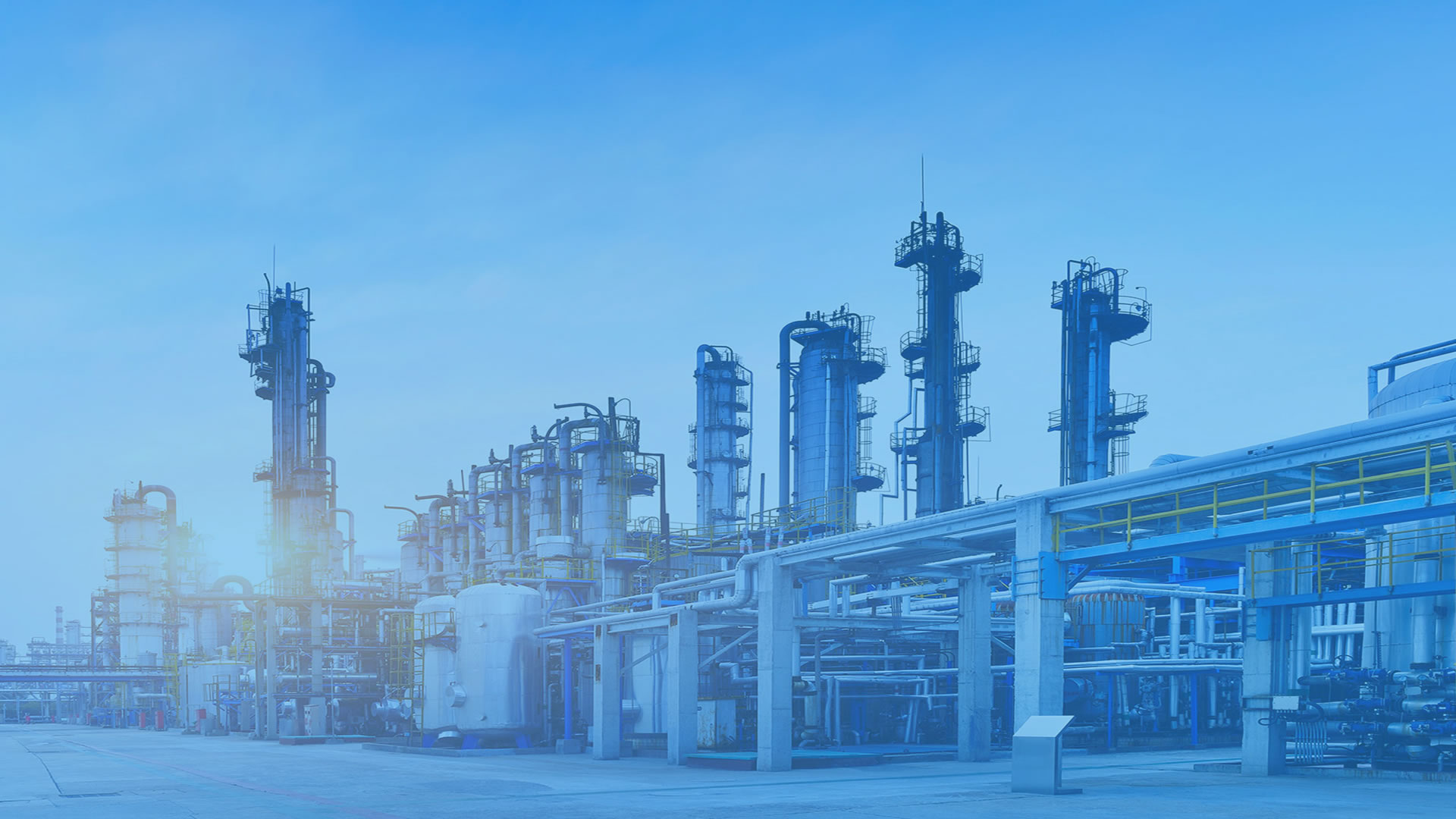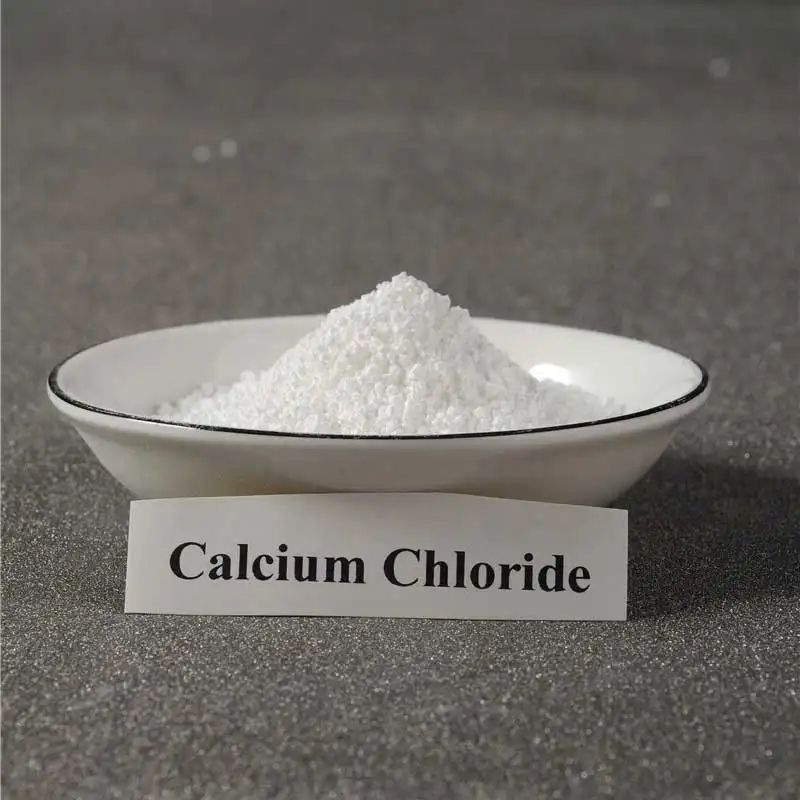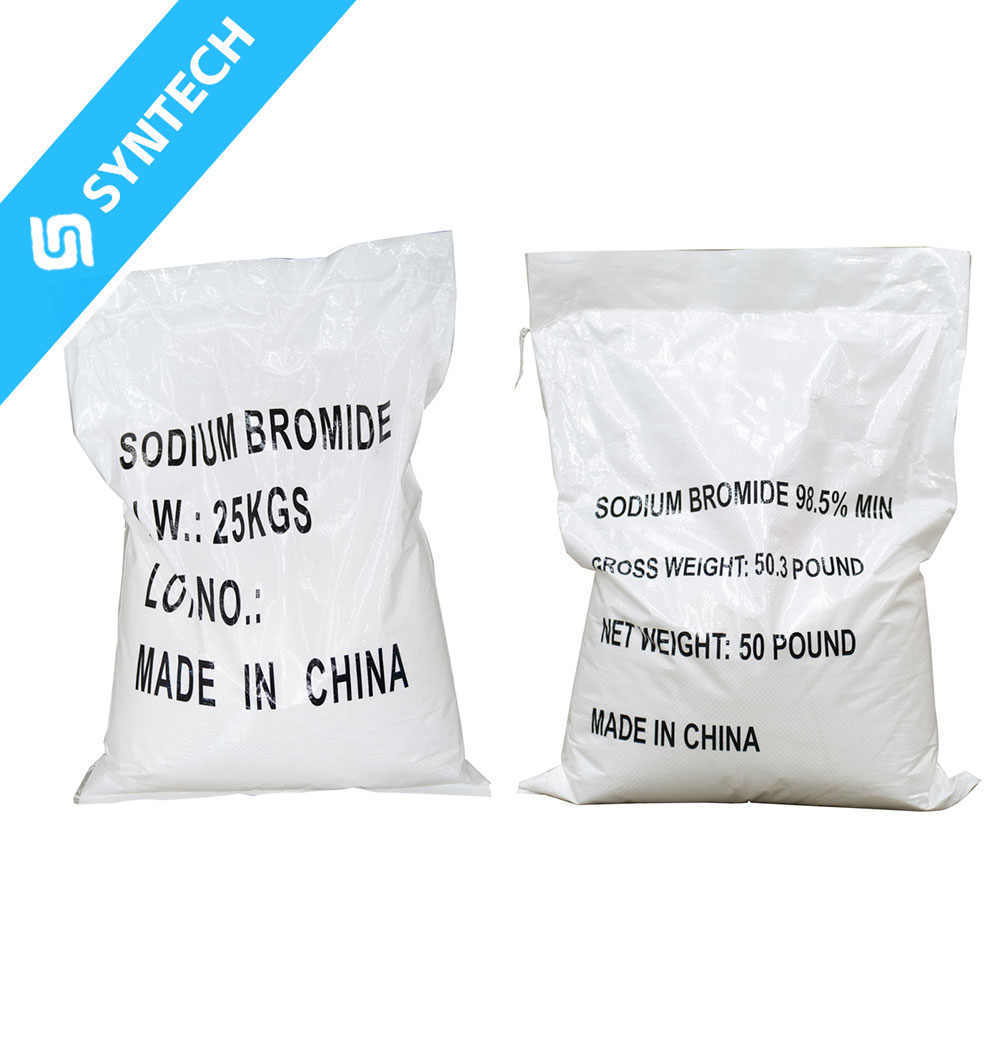Sodium Methylallyl Sulfonate (SMAS) is a potentially hazardous chemical, and its transportation must strictly comply with relevant regulations and safety protocols. Below are the transportation safety guidelines based on search results:
1. Packaging Requirements
- Standard Packaging: Typically packed in 20kg/bag (kraft paper bags with PE lining) or 1000kg bulk bags, ensuring airtight sealing.
- Leak Prevention: Packaging must be moisture-proof, damage-resistant, and protected from air or water exposure to prevent caking or decomposition.
2. Transportation Conditions
- Environmental Control:
- Transport must be protected from rain, moisture, and direct sunlight, with adequate ventilation.
- Avoid high temperatures (>250°C may cause decomposition) and excessive vibration.
- Compatibility:
- Do not transport with oxidizers, strong acids, or strong bases to prevent violent reactions.
- If transported with other chemicals, ensure compatibility and proper segregation.
3. Hazard Labeling & Compliance
- Transport Classification:
- While not explicitly classified as explosive, it should be managed as a corrosive/irritant chemical. In some cases, it may require labeling as an oxidizer (due to sulfur oxide decomposition products).
- Documentation:
- Transport documents must indicate “stabilizer added” (if applicable) and hazard characteristics.
4. Emergency Response
- Spill Handling:
- Immediately isolate the area and wear protective gear (gloves, goggles). Use inert absorbent materials (e.g., sand) to contain the spill, then collect in a sealed container.
- Avoid dust generation and prevent inhalation or skin contact.
- Fire Risk:
- Combustion releases CO, CO₂, and sulfur oxides. Use dry powder, foam, or CO₂ extinguishers—do not use water directly.
5. Regulatory Compliance
- Must adhere to China’s “Regulations on the Safety Management of Hazardous Chemicals” and international transport rules (e.g., ADR/IMDG), ensuring compliant packaging, labeling, and transport vehicles.
For specific transportation plans, consult a professional hazardous materials logistics provider and refer to the latest MSDS (e.g., versions provided by chemical databases).
Let me know if you need further details!






